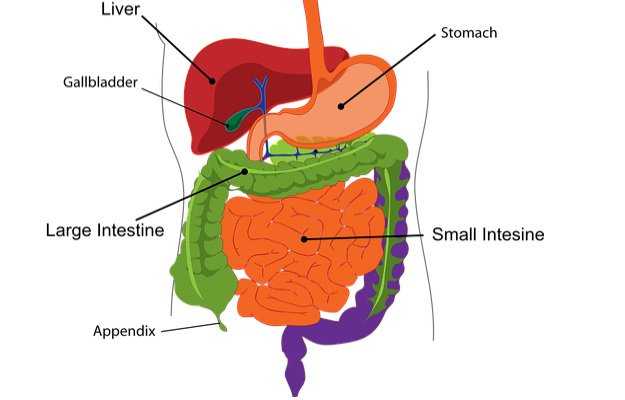What is a campylobacter infection?
A Campylobacter infection is a type of food poisoning. It is generally mild but can cause mortality among infants, geriatric, and immunocompromised individuals. People of any age can contract the infection. The incidence and prevalence of this infection have globally risen over the last decade. However, this gastrointestinal disease is less investigated in India.
What are its main signs and symptoms?
The usual symptoms that occur within 2-4 days of bacterial exposure include:
- Abdominal pain with cramps
- Fever
- Nausea and vomiting
- Loose stools, rarely bloody
Some people may not show any symptoms. Complications may include bacteraemia (presence of bacteria in the blood), inflammation of the liver, and inflammation of the pancreas.
What are its main causes?
Mostly, this infection is caused by the Campylobacter species. These organisms attack the smooth intestinal lining. The bacteria can then travel and attack other body systems. The sources of infection include raw uncooked meat or poultry, contaminated foodstuff, water, unpasteurised milk consumption, and contact with infected animals. It is one of the causes of intestinal infection or travellers’ diarrhoea.
How is it diagnosed and treated?
The healthcare provider may order the following tests:
- Complete blood count (CBC).
- Stool sample for the presence of white blood cells (WBCs).
- Stool culture for Campylobacter species.
Most of the time, the infection recovers on its own, but some affected individuals may need medications. The goal of treatment is to avoid dehydration and improve quality of life. Antibiotic therapy may be indicated if the individual is very ill. Self-care is essential, as not many medicines are needed. Anti-microbial drugs may be given to patients in whom invasive procedure/surgery has been performed.
Self-care tips:
- Consume 8-10 glasses of water daily.
- Drink at least one cup of fluid each time you have loose stools.
- Freshly and properly cooked food and hot foods should be consumed as it can kill the bacteria.
- Do not drink from public places or streams outside.
- Wash your hands before consuming anything.
The infection usually is mild, but if untreated, it can have serious consequences. Campylobacter infections can be treated through proper care and by following appropriate hygienic conditions.
















